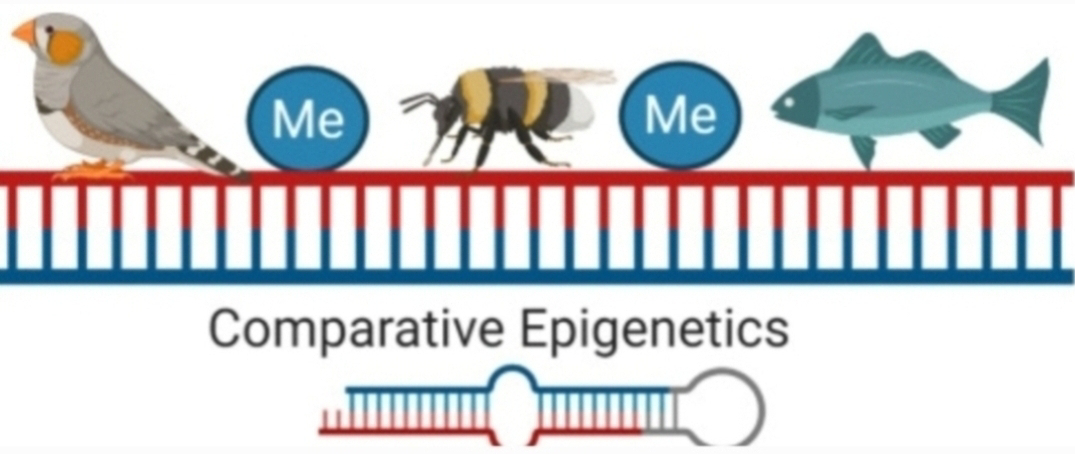Unveiling the Code of Our Uniqueness: Delving Deeper into the Differences Between Human and Chimpanzee Genomes

The remarkably close relationship between humans and chimpanzees, belies the distinct anatomical, physiological, and cognitive abilities exhibited by each species. Unveiling the genetic and epigenetic underpinnings of these differences requires a meticulous analysis of the intricate variations that exist between the human and chimpanzee genomes. This exploration delves not only into the types of these variations but also their cascading effects on gene expression, protein function, and ultimately, the biological and behavioral hallmarks that define each species. A Landscape of Differences: While often cited as differing by 1%, the human and chimpanzee genomes actually diverge by approximately 4%. This seemingly small percentage encompasses a diverse landscape of genetic and epigenetic variations, each with the potential to influence how our cells function. From Genes to Function: The Cascading Effects: These variations within our DNA blueprint can have profound effects on e...
